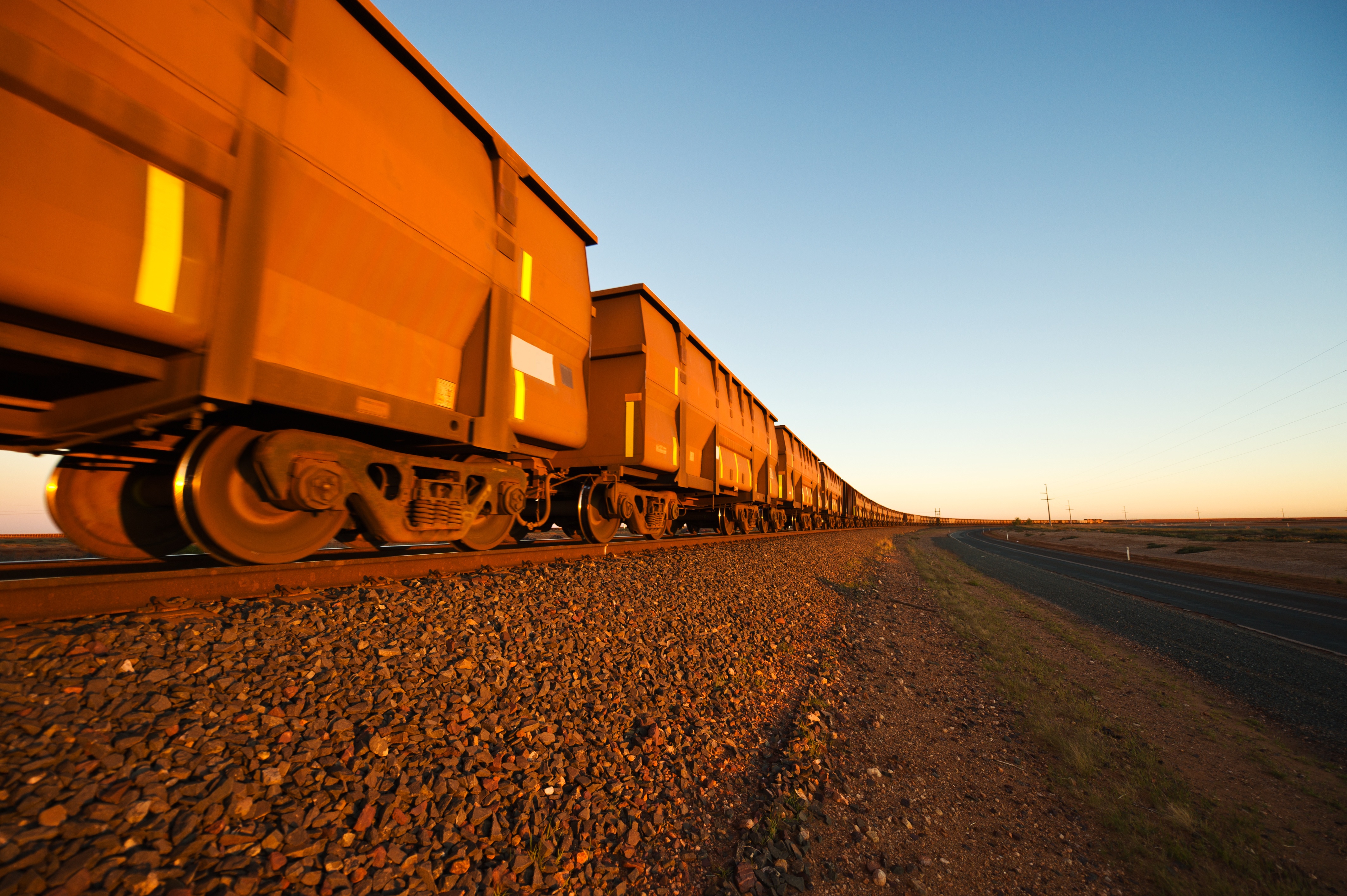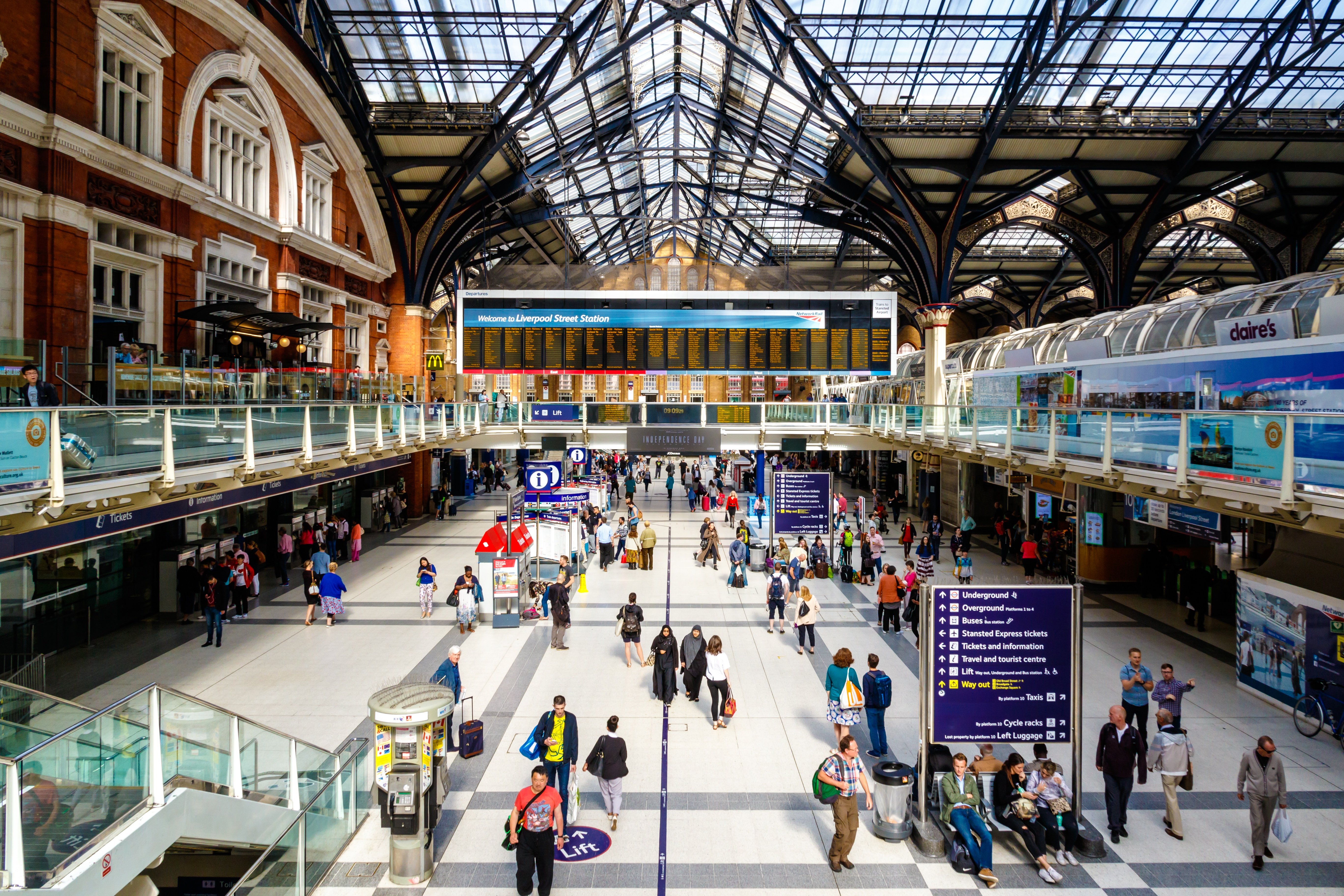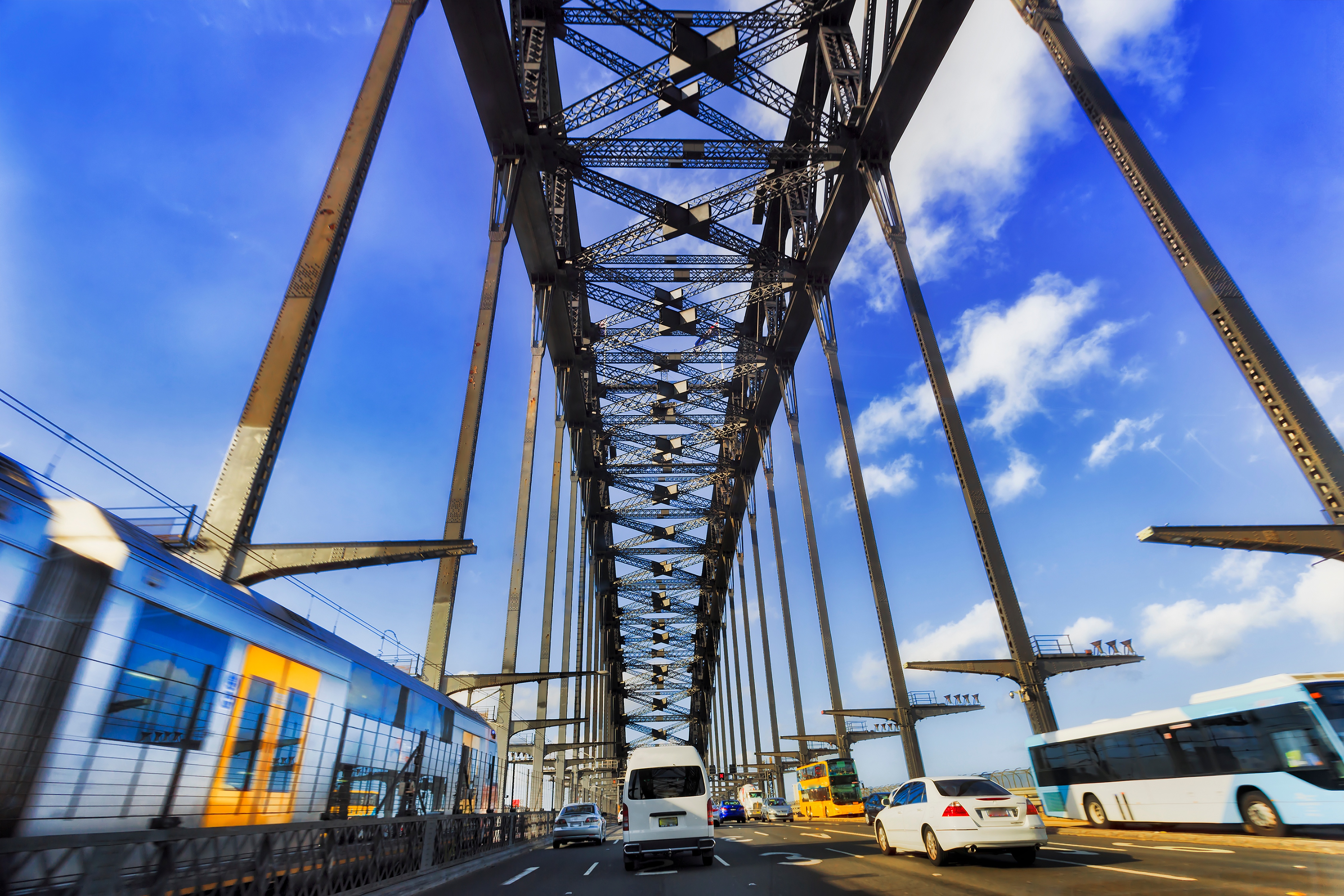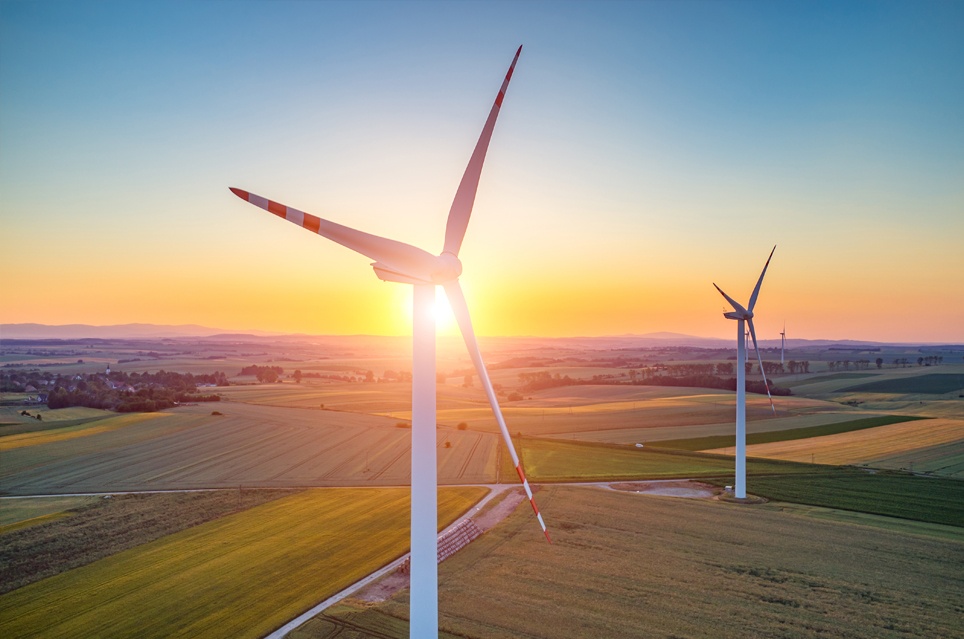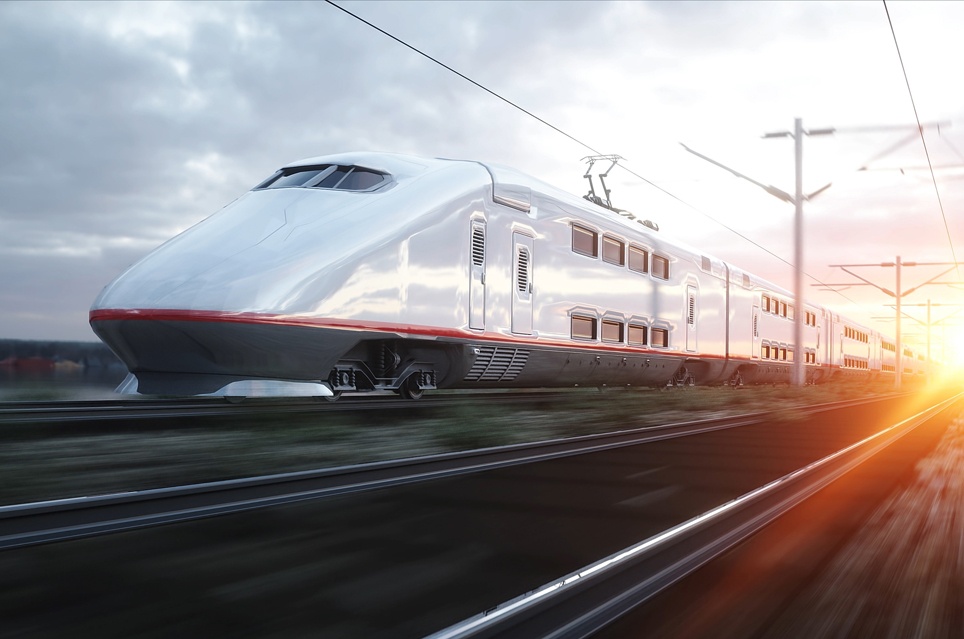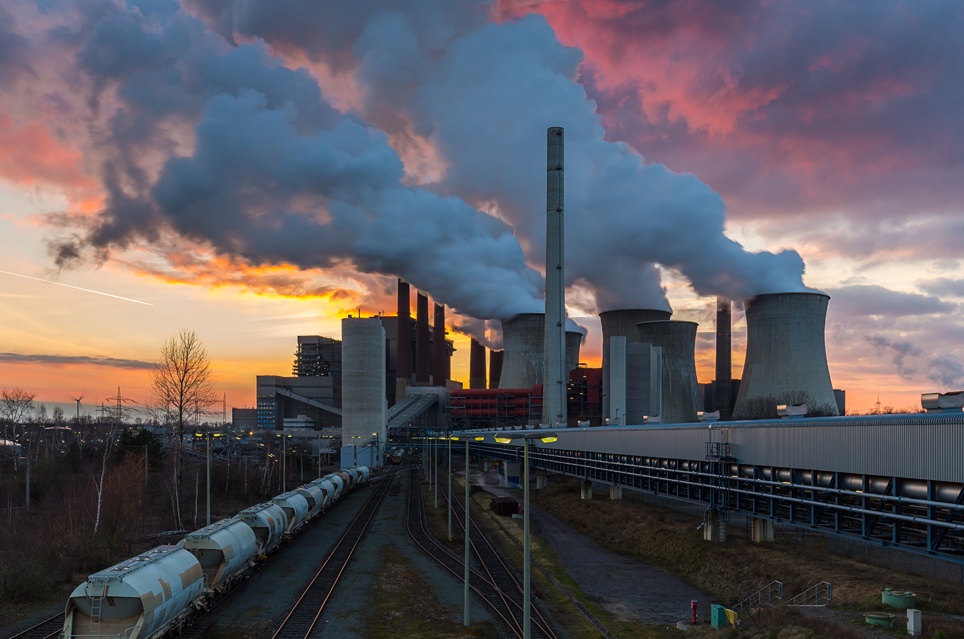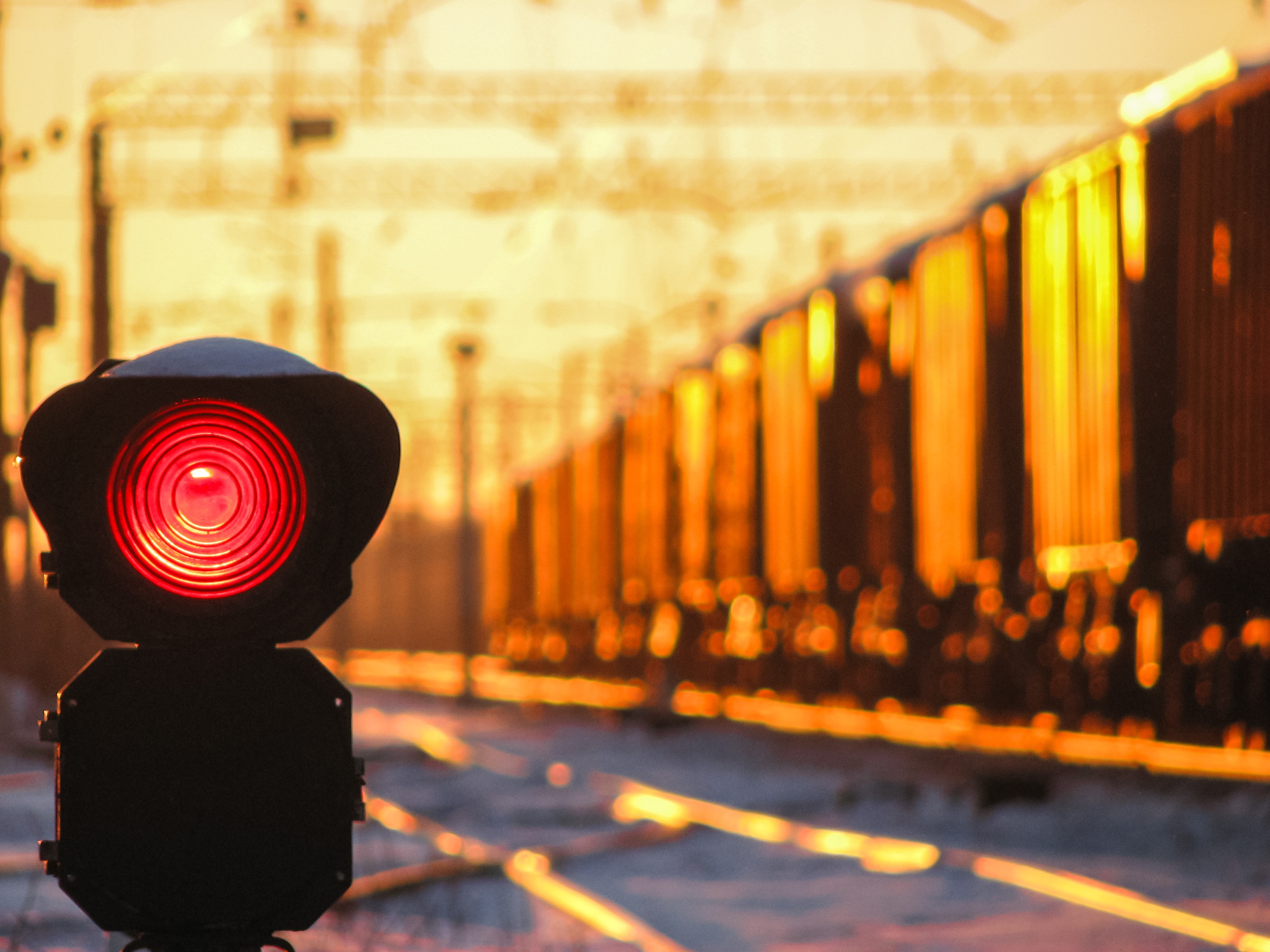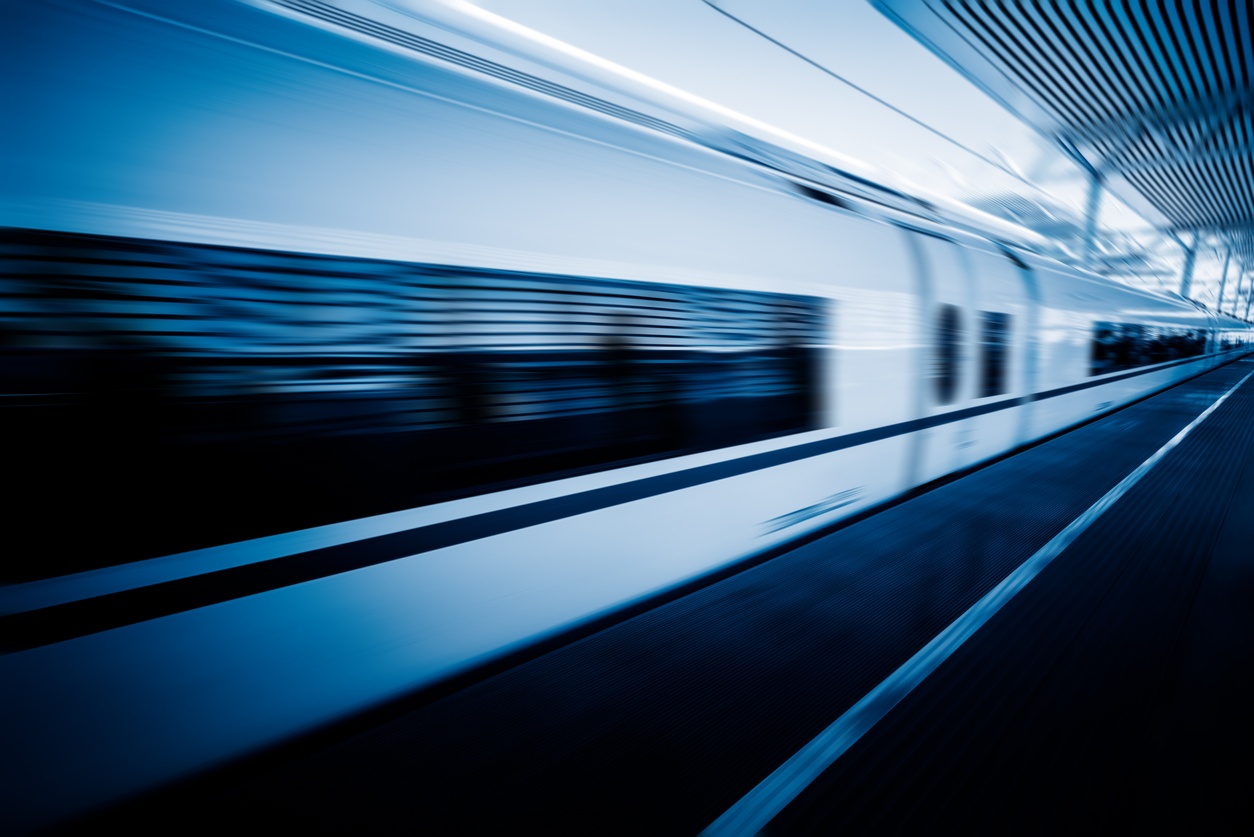As the rail industry prepares to enter a period of transformation with larger populations, technological disruption and a commitment to fighting climate change, rail companies will be fighting for market share.
Powerbox Australia Blog
Today, more than ever, rail companies are expected to maintain safety and service quality, operate even more efficiently, achieve more with lower budgets, and meet ever-increasing passenger needs. While most of these challenges aren’t new, the rail industry is changing rapidly, with increasing environmental, competitive, regulatory, and economic pressures, creating new challenges and opportunities.
Global investment continues to grow in rail infrastructure. In Australia, the government has committed $20 billion for investment in freight and passenger networks from the 2017/18 federal budget. The aim is to boost productivity and ease congestion.
Commuting to and from work is a stressful experience in most countries. But as the industry faces increased competition, attracting more passengers is crucial for many rail companies.
While rail remains the most environmentally-friendly mode of transportation, there’s little doubt that the industry still has work to do to increase sustainability.
In 2014, Mr Jorg Manegold, German Rail’s head of purchasing, said that if the industry carried on the way it was going there would be future for rail. He said that while the road industry spends 11% of its revenue on research and development, and the air transport spends 7%, rail typically spends just 3%. Without addressing this, Manegold warned, “the future will be with the car.”
Diesel has been powering trains since the shift from steam in the 1940s and 1950s. It kickstarted a massive surge in development, revolutionising the way goods, services, and people were able to get from Point A to Point B.
Within the rail industry, any technology that helps improve customer experience, avoid operational delays, and keep trains moving is well worth pursuing.
Low-cost airlines have led to increased competition for passengers in the rail industry. These airlines (particularly in Europe) can get passengers to their destinations cheaper and faster than a train, even when they spend time going through security.
As the world becomes increasingly urbanised, we can expect the number of journeys to triple by 2050. Most countries simply don’t have the roads available to absorb that increase.
